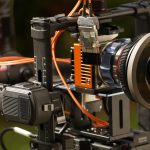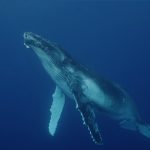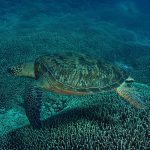The premise of the test
All sensors are not created equal. Different sensor and photo-site designs as well as different optical stacks offer vastly different levels of contrast (MTF) that can be measured and perceived per pixel. In other words, it is not the count that matters, but the quality of the photo-sites is far more important. In this test we are going to find out the actual sharpness of different cameras and designs and how do they compare in respect to their resolutions.
How we conducted the test?
We compared RED Raptor, ARRI LF, ARRI ALEXA 35, Sony Venice 2, Blackmagic URSA 12K and ACHTEL 9×7 digital cinema cameras.
MTF (Modulation Transfer Function) was computed using IMATEST Master v22.2 using SFR (Spatial Frequency Response) method analysing slanted edge profile. We used ISO 12233 test target. Each capture was meticulously checked for best focus.
Lens used was Sigma ART 135mm T2.0 set at T4.0, which is capable of resolving 300LP/mm in the centre.
All cameras were set to the highest image quality possible and, where possible, we use vendor’s specific software for image creation. Sharpening was set to zero.
The Team
Susan Lumsdon
Elena De Bruijne
Alexei Vanamois
Sean Dooley (ARRI)
Anthony Mannion
Pawel Achtel, ACS
The tests were performed at The Front.









[…] commenting on the interview, Pawel Achtel highlighted a blog post which shows the results of actual MTF measurements on a range of video cameras. This highlights the […]